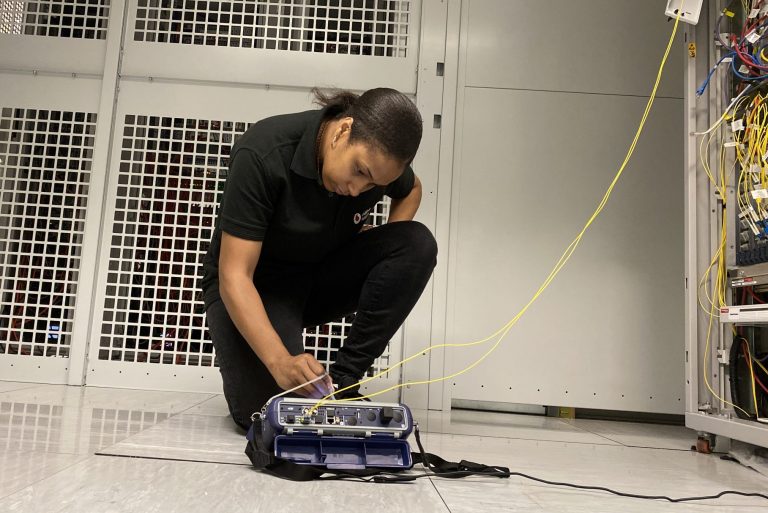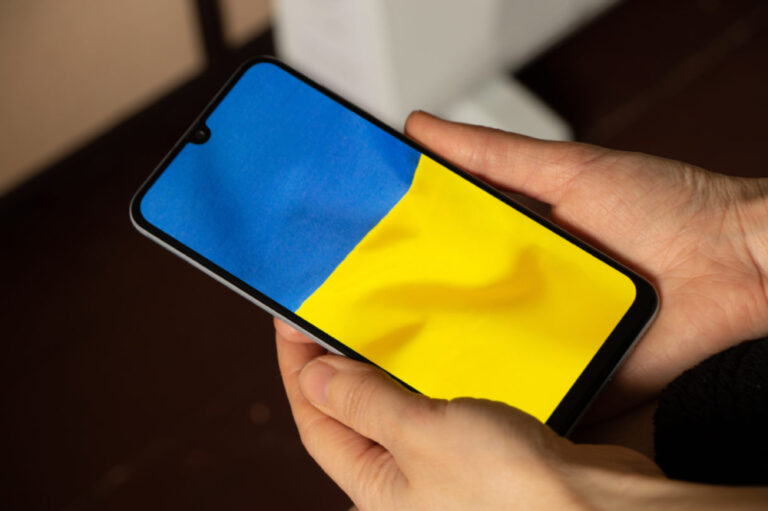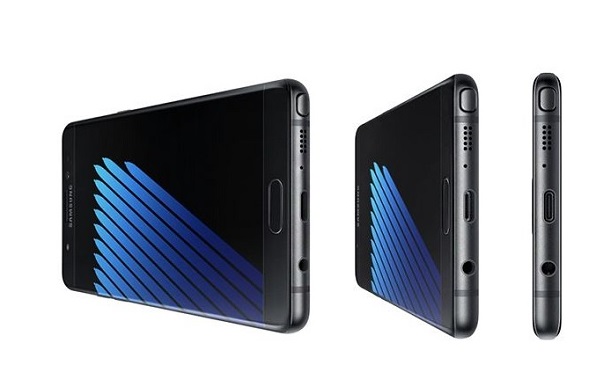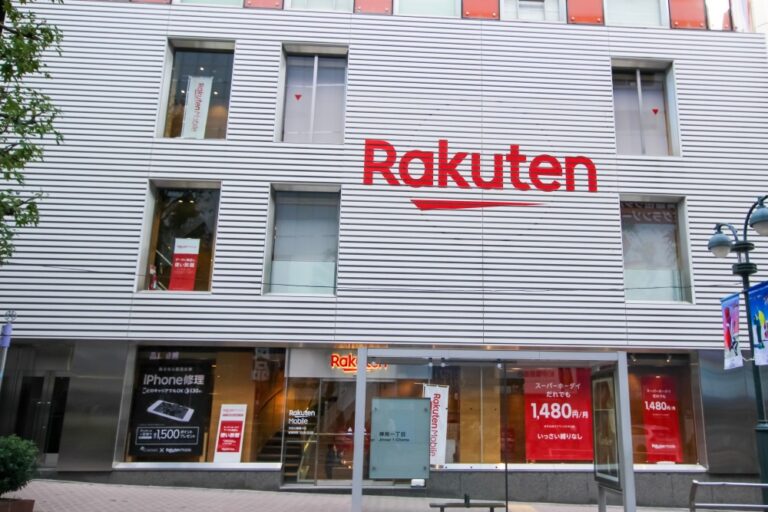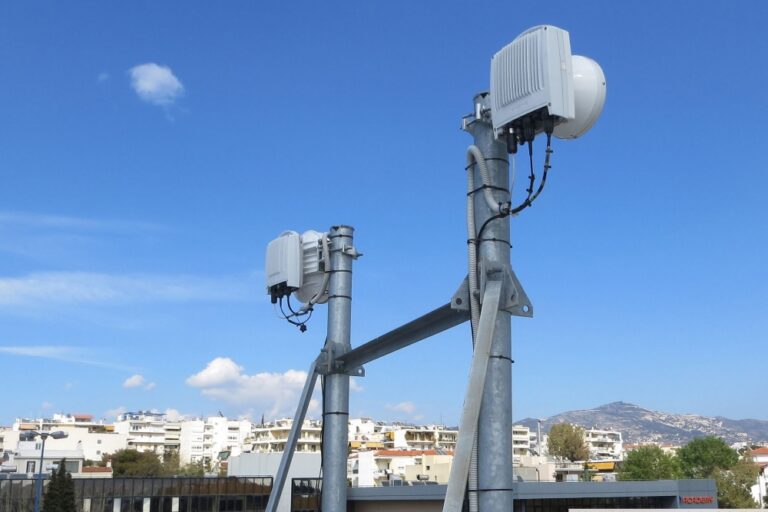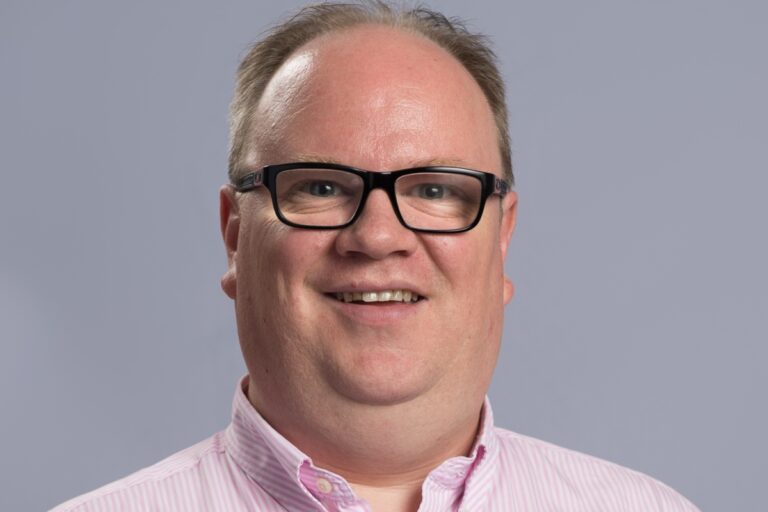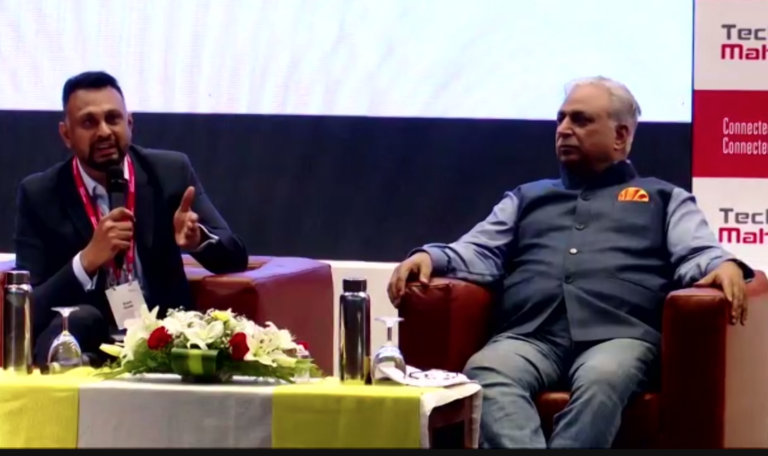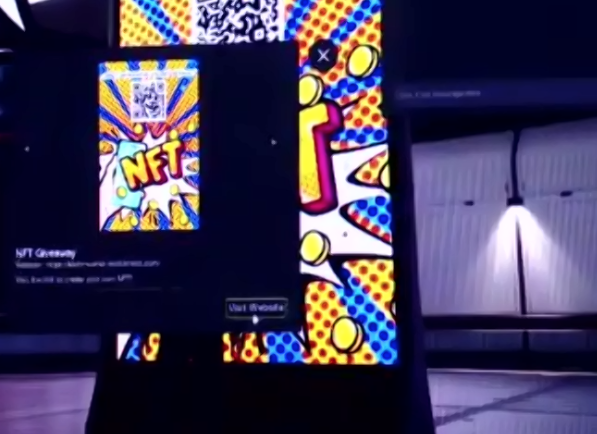Middle East operators have opened their first regional community lab for Open RAN development, reports Trade Arabia.
The Abu Dhabi facility was created in collaboration with Telecom Infra Project (TIP) and Intel, following the signing of the Open Radio Access Network (Open RAN) memorandum of understanding (MoU) last year.
Two new operators Batelco and Omantel signed the memo, joining the e&, the telco formerly known as Etisalat Group, stc, Zain Group, Mobily and du from Emirates Integrated Telecommunications Company (EITC). All are now committed to installing Open RAN.
The Middle East lab will provide a platform for the parties to jointly install open and disaggregated technologies into their networks to optimise the online experiences of businesses and consumers, said Bernhard Merwe, CTO at OmanTel, “It’s a clear opportunity to improve the way we work with vendors.”
The lab will provide shared facilities and access to Intel technologies for members and vendors and it’s intended to act as a catalyst for Open RAN deployments. “Open network technologies like Open RAN provide a trusted avenue for new entrants in hardware and software to work with service providers,” said Hisham Alabdaly, stc’s gnereal manager for infrastructure design.
TIP helps mobile operators share industry knowledge to align and prioritise their technical requirements said Mohamed Al Marzooqi, VP of technology synergies at e&. “I’m delighted to see more operators from our region partnering with us in our efforts to position the Middle East as a global leader,” said Al Marzooqi.
Vish Mathur, the Telecom Infra Project’s head of engagement, said TIP and Intel play a key role in bringing together stakeholders from across the world.
Intel’s TIP board member Caroline Chan, who is also the VP of the network and edge group for her employer, said that collaboration at the new Abu Dhabi lab could speed the shift toward a software-defined infrastructure at the network edge. “A virtualised, Open RAN is an area of tremendous innovation, which can be further propelled by using Intel’s FlexRAN reference architecture with optimised software and hardware components,” said Chan, “The lab opens new possibilities to innovate 5G services that can accelerate the digital transformation in the Middle East.”


